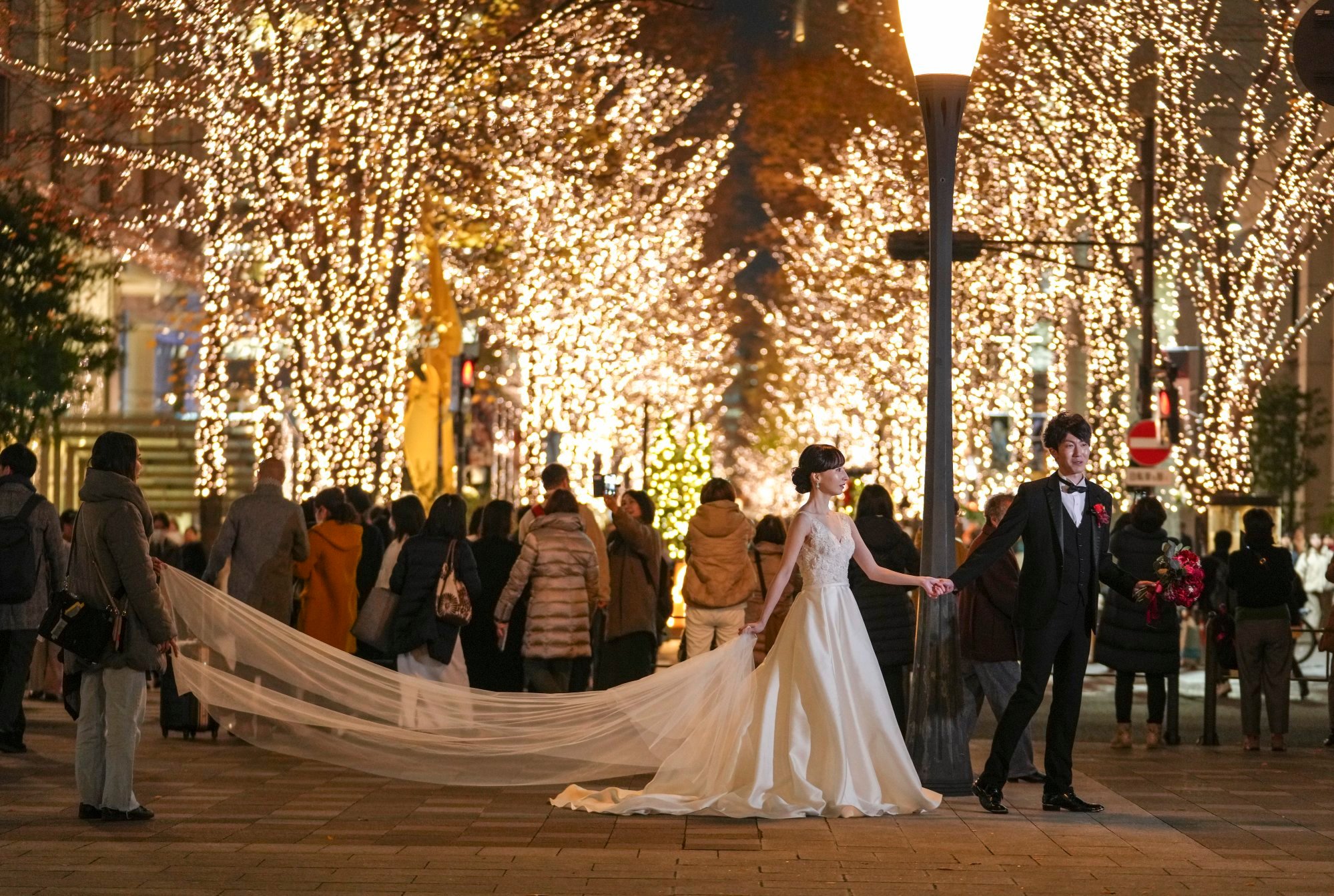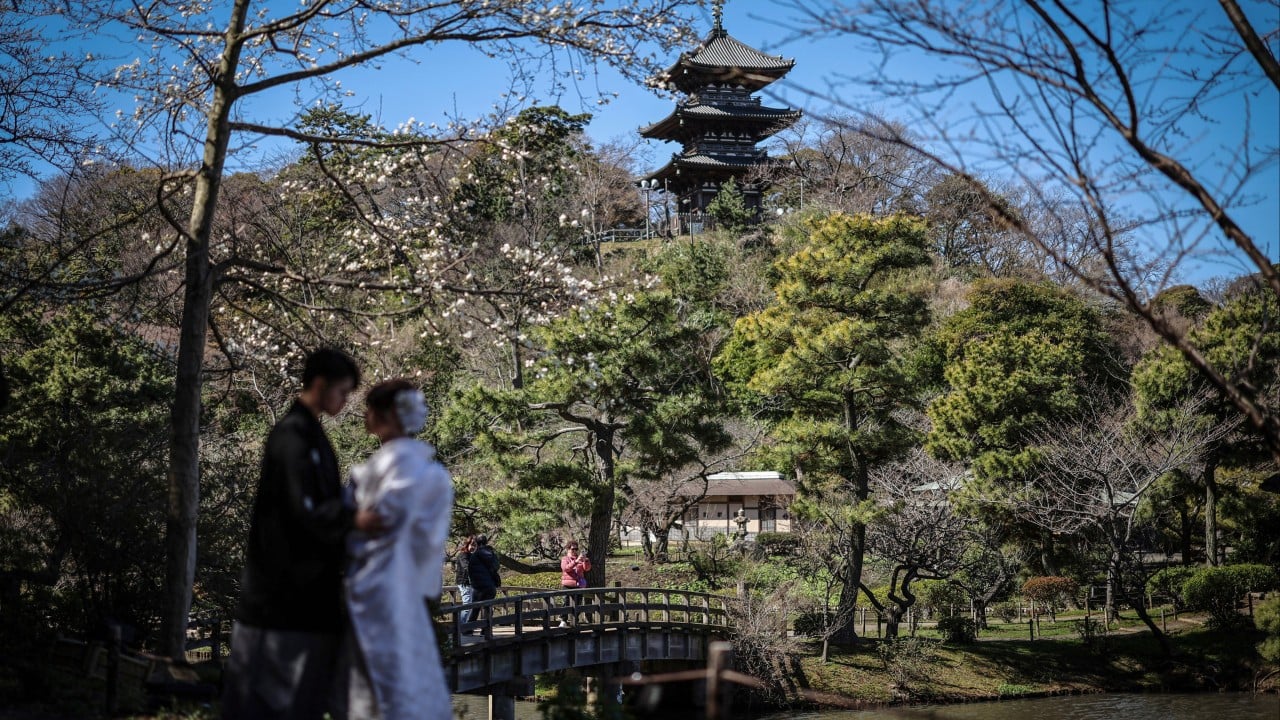In just five centuries, every Japanese person will share the same family name: Sato.
That is the prediction of professor Hiroshi Yoshida, based on a simulation that takes into account current trends, cultural norms and the legal requirement that husbands and wives must have the same family name.
Yoshida, who studies the impact of ageing on society at Japan’s Tohoku University, said the shift to a nation of Satos is already under way.
“I began by gathering data on the share of different surnames in 2022 and 2023 and was able to determine that 1.529 per cent of the Japanese population had the name ‘Sato’ in 2023,” Yoshida said.
That was 0.83 per cent higher than in 2022, he said, as a result of marriage, divorce, birth and death.

Of the 130,000 or so surnames in Japan, Sato is the most common and gets more dominant each year due to conservative social customs, Yoshida said.
About 504,000 couples got married in 2022, according to the ministry of welfare, of which 94.7 per cent took the husband’s family name.
As a result, the maiden names of some 478,00 women were erased and, in the case of families in which the daughter is an only child, some ancient family names effectively disappeared.
Yoshida has calculated that if the annual rate of increase continues unabated, half of all Japanese will be Satos by the year 2446 and 100 per cent of the population in 2531.
Under Article 750 of the Japanese Civil Code, a husband and wife are required to have the same surname after marriage. Japan is the only country that requires both members of a married couple to share the same surname by law.
Yoshida says that virtually all couples take the husband’s name due to long-standing social norms.
“This is very much part of the cultural heritage of the samurai era in Japan,” he said. “In the old days, only a man could be a samurai and only his son could continue the family name, so women effectively did not have their own names.”

And while the law today does not forbid a couple from keeping the women’s family name, Yoshida said cultural mores remain strong in Japanese society.
“Couples can choose, but the reality is that most choose the husband’s name because there has been such slow progress in gender equality in Japan,” he said. “This culture is very conservative – as you can see because we have never had a female prime minister.”
Yoshida is a member of the Think Name Project, a group that studies the implications of the government’s refusal to allow women to retain their maiden names after marriage.
On International Women’s Day, March 8, the group and other businesses and social organisations submitted a petition to the government to amend the law..
Couples can choose, but the reality is that most choose the husband’s name
Japan’s ruling Liberal Democratic Party has in the past promised to look into the issue, but its members are overwhelmingly male, old and deeply conservative and there appears to be little real desire for change.
The influential Japanese Trade Union Confederation has also thrown its weight behind a change, with its research indicating that more than 60 per cent of people would keep their names after marriage or permit their wife to do so if selective surnames were legally permitted.
If different surnames became commonplace, only 7.96 per cent of Japanese people would be named Sato by the year 2531, according to Yoshida – yet he says its spread would continue, and by 3310, everyone in Japan would be a Sato.
A parallel study by Yoshida showed that if the country’s population continued to decline at the present rate, there would be just 281,866 Japanese in the year 2531 and a mere 22 people in the year 3310.
This would mean that all of Japan’s people had disappeared before everyone had the family name Sato.


